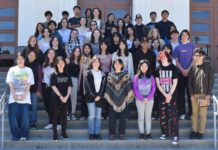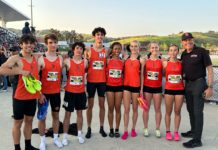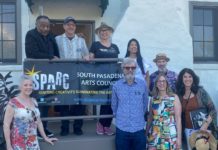In 1897, Edwin Cawston opened his ostrich farm to the public in South Pasadena near the banks of the Arroyo Seco. The Cawston Ostrich Farm sold factory-direct ostrich feather products such as fans and boas by mail order and at company-owned stores to fashion-minded women.
The South Pasadena farm also became a world famous Southern California tourist attraction.
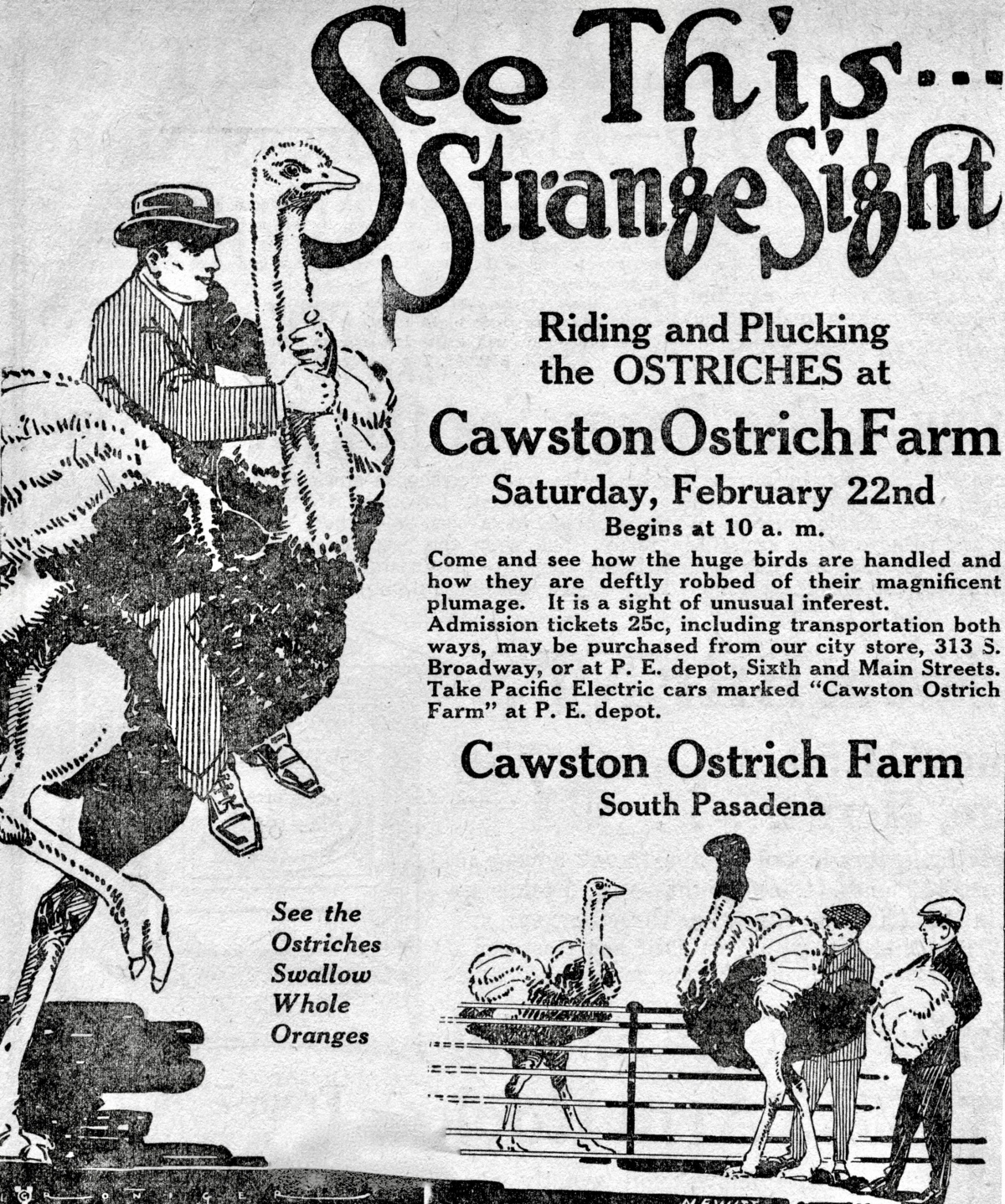
The largest draw to the park was riding an ostrich bareback. The New York press described it as “one of the strangest sights in America.” Travel guides and brochures raved about the unusual experience of sitting on the seldom-seen South African creature and the thrill of taking it for a spin. The Los Angeles Times described it as “a most difficult feat and a rare sight.”
A trained ostrich with a skilled attendant at the reins could carry a load over 300 pounds on its back. For the more adventurous guests of the Cawston Ostrich Farm, one could take the ride of a lifetime!

Photo above: The little boy with his mother looks worried. The sturdy legs of the ostrich are taller than he is. His brother pitches forward while trying to stay on top his restless mount. Why do some parents put their kids through this? Answer: it makes for a great family vacation photo, of course!

Photo above: A Shriner sits atop a healthy male ostrich. Notice the ostrich’s prehistoric-looking legs – they resemble a T-Rex dinosaur! Now, notice the blur of the man’s right leg. He is spurring the ostrich with his heel. Moments after this photo is taken the ostrich bolted, spitting him off.
_________________________
Some ostriches are stuffed at the request of the less-daring guests; making it a whole lot easier to pose for souvenir photos as well.
Can you identify which ostriches are alive in the photos below?
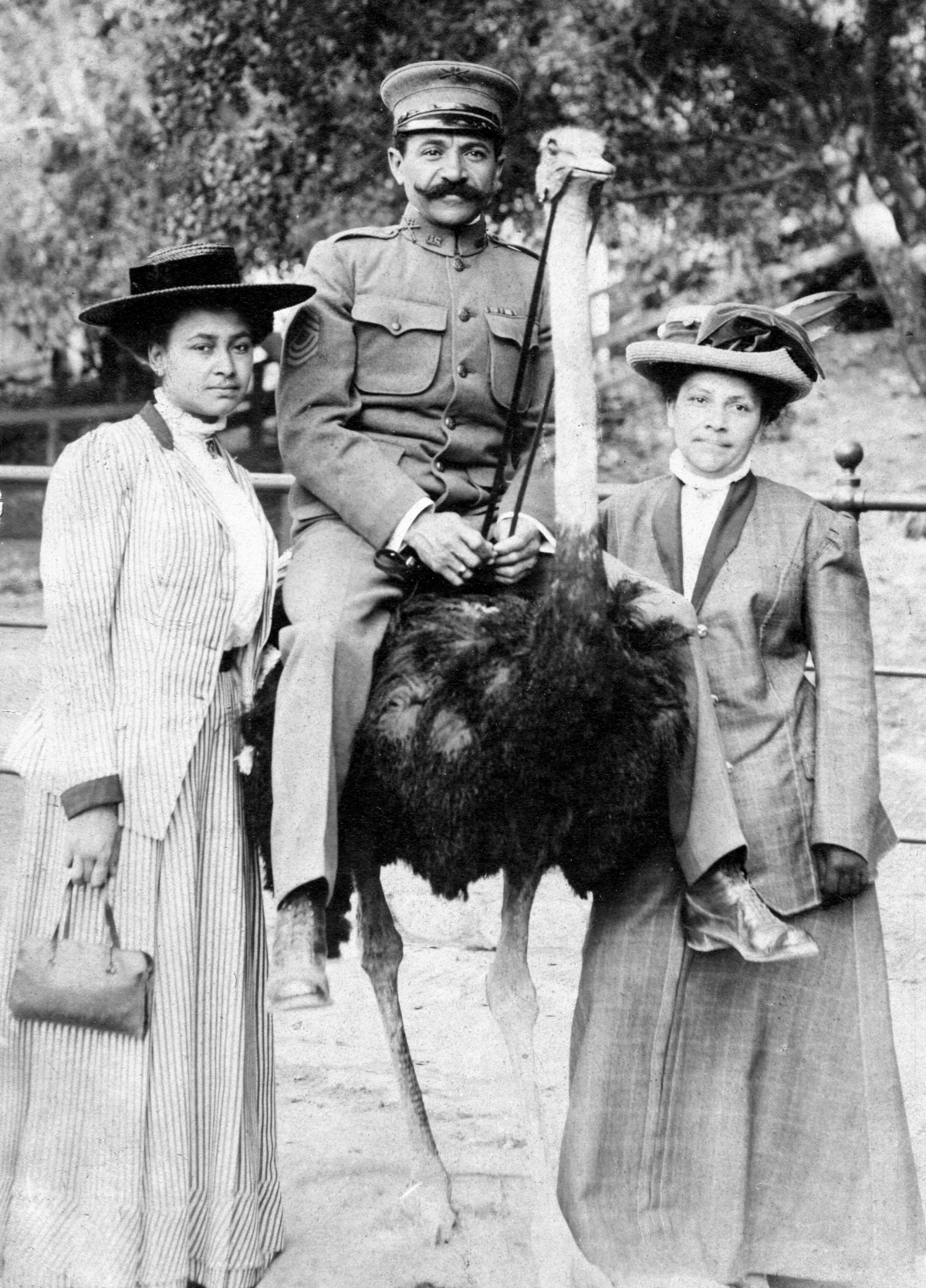
This distinguished African American family is one of thousands who visited the farm leaving with a souvenir photo standing next to an ostrich or sitting on its back. Most of the ostriches were stuffed, but some were live making for some interesting blurry portraits.

When a large feathered animal the size of an ostrich chases after you – no matter the reason – there is only one thing to do: run for your life!

The ostrich in this souvenir group photo seems to blend in with this handsome bunch.


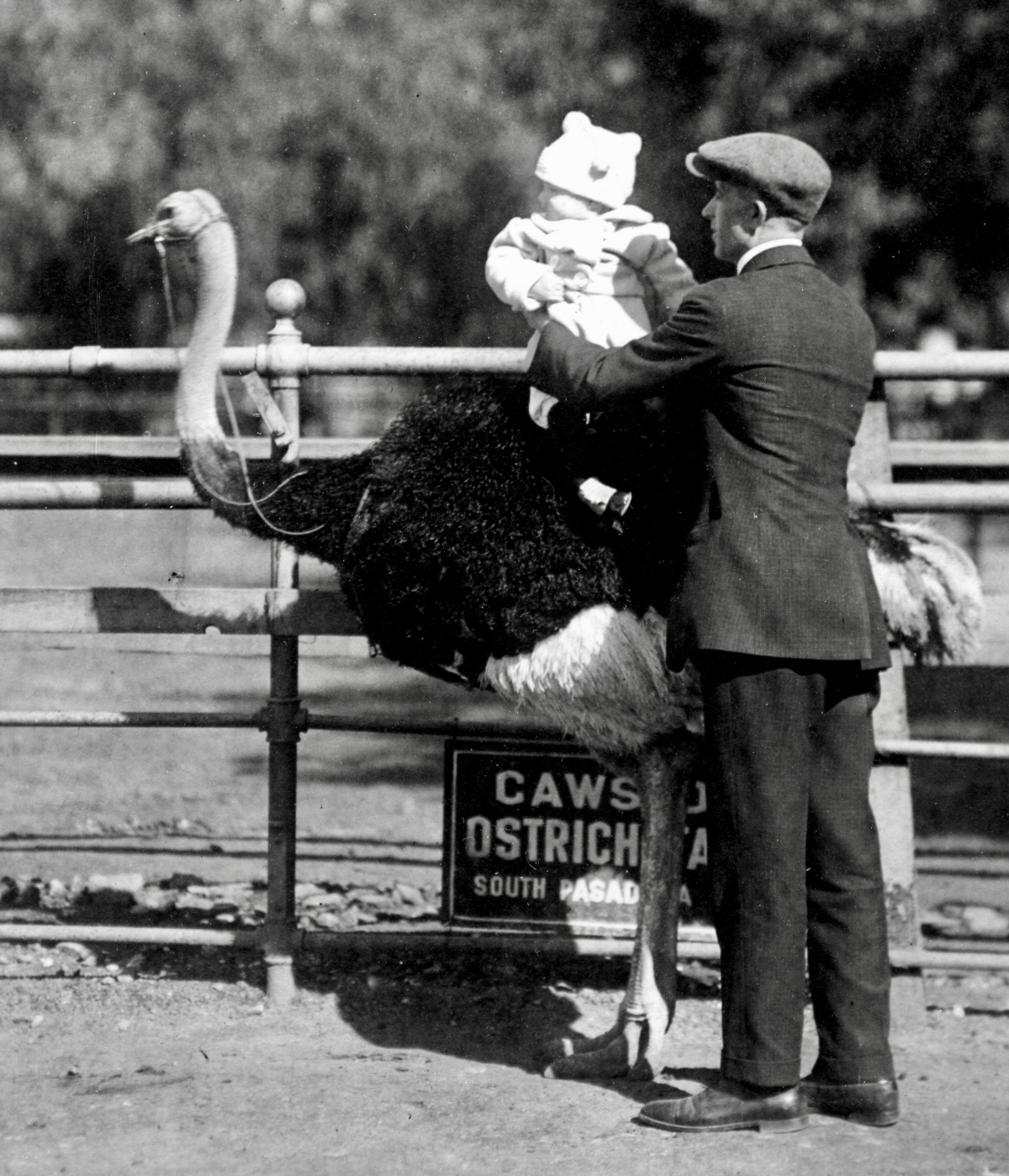
These fashionable visitors to the Cawston Ostrich Farm look as though they belong at a dinner affair hosted by the Vanderbilt’s in Newport, Rhode Island. “Dear, let’s put Bartholomew on top. His bones are less brittle.”
ANSWER: Photos 4 & 6
Throwback Thursday is written and produced by Rick Thomas



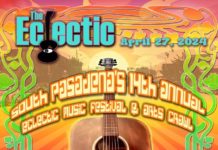
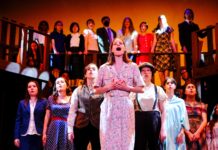

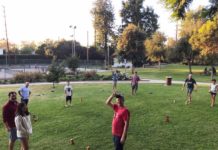
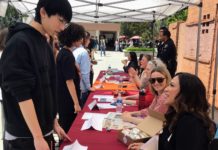




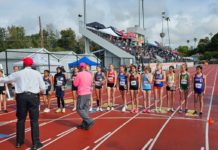
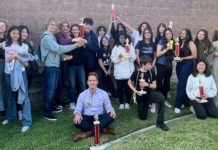

.png)







